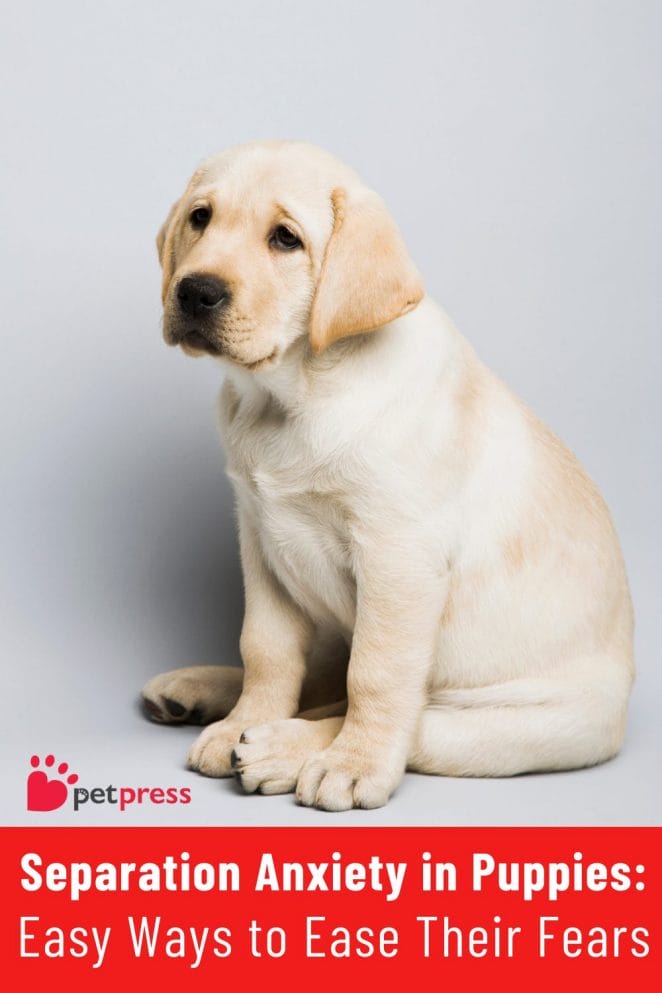
Have you noticed your puppy acting out when you’re not home? If so, they might be dealing with separation anxiety. This common issue can make leaving home tough, both for you and your puppy. When a pup gets scared every time you leave, it’s more than just a small worry – it’s a big hurdle for their happiness and your peace of mind.
Understanding and easing separation anxiety in puppies is crucial. It’s not just about stopping the barking or chewing. It’s about teaching your furry friend to feel secure and relaxed even when you’re away.
In this article, we’ll dive into simple, effective strategies to make saying goodbye less stressful. You’ll learn how to build a strong bond that keeps your puppy feeling safe and calm, all on their own.
What Separation Anxiety Looks Like in Dogs
If you’ve ever come home to a scene of chaos, your puppy might be telling you they’re not okay being alone. Separation anxiety in dogs can turn your quiet home into a wild adventure. Let’s break down what this looks like:
- Chewing on everything: From shoes to sofa cushions, nothing is safe. It’s their way of coping.
- Non-stop barking: If the neighbors report a concert while you’re out, it’s a sign your pup’s stressed.
- Acting out: Finding surprises like accidents in the house? This could be more than a skipped bathroom break.
So, why do some puppies struggle more than others when left alone? It boils down to a few reasons:
- Attachment issues: Just like people, some dogs get super attached. They feel lost without their human.
- Lack of routine: Dogs love predictability. An erratic schedule can make anxiety worse.
- Boredom: Yes, dogs get bored, too. Lack of mental exercise and physical stimulation leaves them finding their own fun.
Understanding these signs and causes is the first step to helping your furry friend. Remember, they’re not trying to make you mad. They’re just missing you a lot. Let’s work on making alone time less scary for them.
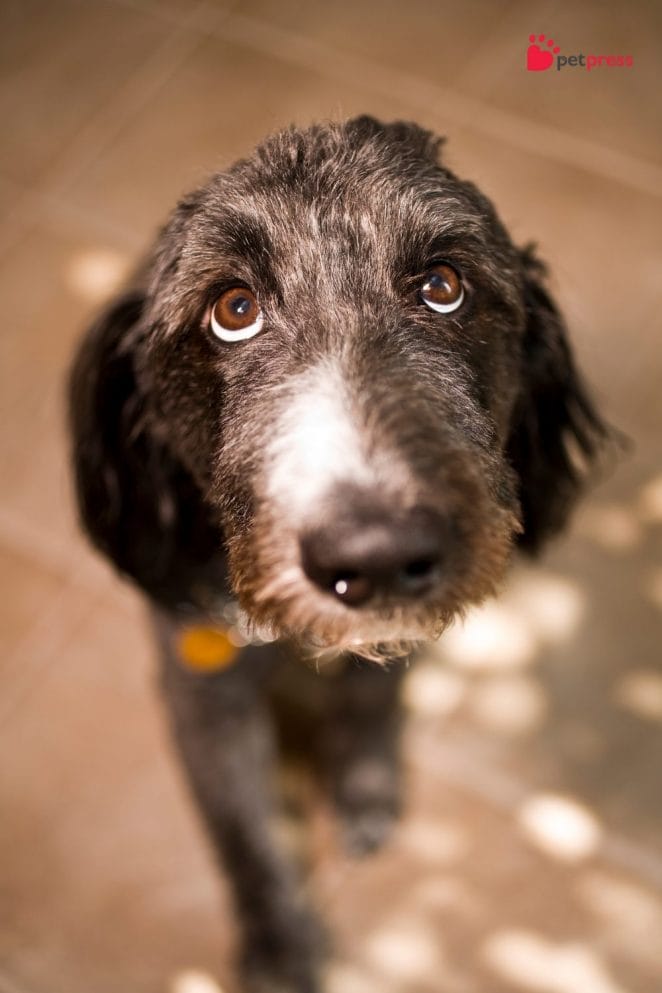
3 Ways to Prevent Anxiety Before It Starts
Preventing separation anxiety in puppies starts with a few simple, loving steps. Keeping things predictable is key. Here’s how you can set the stage for a calm, happy puppy:
- Stick to a Schedule: Like us, dogs love knowing what comes next. Feeding and walking your puppy at the same time each day gives them a sense of security. This routine tells them, “Everything’s okay,” even when you’re out of sight.
- Create a Comfort Zone: Every pup needs a cozy spot. Whether it’s a bed with their favorite blanket or a quiet corner with their toys, this safe space is their go-to for relaxation. It’s like their personal chill-out zone, reminding them they’re safe, even when alone.
- Socialize and Play: Playing with other dogs is more than just fun—it’s crucial. It teaches your puppy how to be confident, even in unfamiliar situations. Early playdates and puppy classes build social skills and tire them out, making alone time less stressful.
Incorporating these strategies into your daily life doesn’t only prevent separation anxiety in puppies; it strengthens your bond.
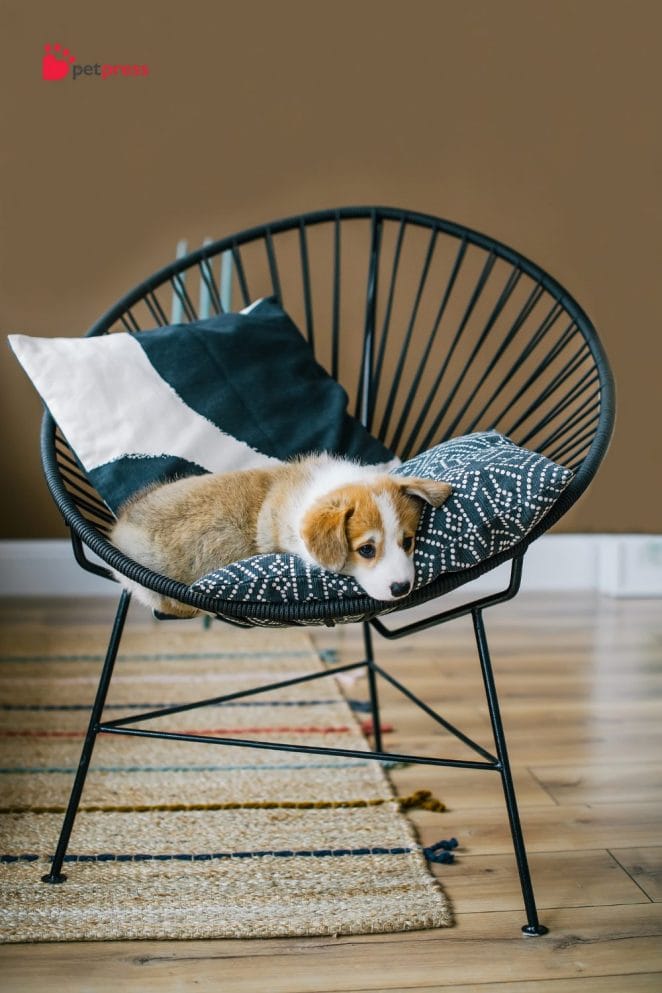
Best Training Ideas to Reduce Separation Anxiety
Helping your puppy overcome separation anxiety doesn’t have to be a chore. With patience and love, you can ease their worries. Let’s explore some training ideas together.
Step-By-Step Goodbyes
- Start by leaving your pup alone for just a few minutes. Gradually increase the time as they begin to feel more comfortable.
- This slow and gentle approach teaches them that you always come back, making alone time less scary.
Cheers for Chilling Out
- Catch your dog in a calm moment and give them a treat or some cuddles. This encourages more of those peaceful vibes.
- It’s like giving a high-five for relaxing. Over time, they’ll connect staying calm with getting rewards.
Basic Commands for Confidence
- Teach your dog simple commands like “sit” and “stay.” These aren’t just tricks; they’re tools for building confidence.
- When your dog follows these commands, praise them. They’ll feel more in control, which can really help when they’re alone.
By incorporating these steps into your daily routine, you help your puppy feel safer and more secure.
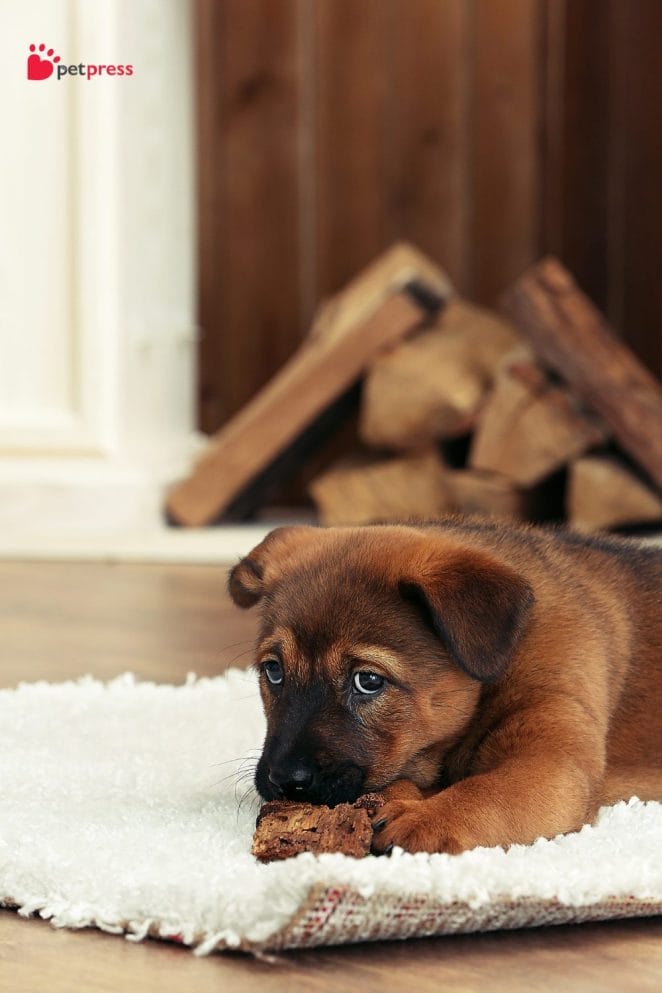
Extra Help for Tough Cases, Such As Nervous Pups
Sometimes, despite our best efforts, our furry friends might need a little extra help to shake off those jitters. For those particularly nervous pups, there are cool toys and gear designed just to help them relax. Let’s explore some of these and understand when it might be time to seek expert advice.
- Weighted Anxiety Vests: Much like a comforting hug for humans, weighted vests can offer a sense of security to anxious dogs. They’re perfect for creating a calm environment.
- Chew Toys: A good chew toy isn’t just for fun; it can also distract and relieve stress. Look for durable, safe options that can keep your pup engaged.
- Calming Beds: Special beds with raised edges provide a safe spot for your dog to curl up and feel protected. They mimic the coziness of a den.
- Puzzle Toys: Keep their mind busy and off the anxiety. Puzzle toys encourage focus on tasks, which can significantly reduce stress levels.
If these tools don’t seem to be making a dent in your dog’s anxiety, it might be time to call in the experts. Sometimes, separation anxiety in puppies can stem from deeper issues that require professional attention.
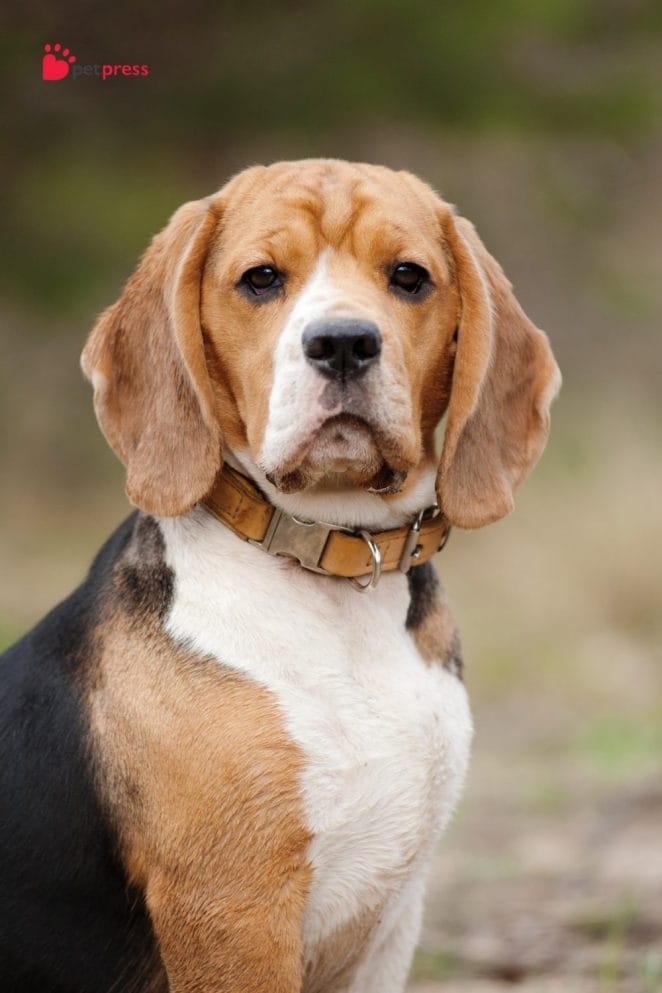
Conclusion
Wrapping up our journey through the twists and turns of managing separation anxiety in puppies, we’ve uncovered some pretty nifty tricks and tools to help our four-legged pals feel more at ease. Remember, the goal was never just about curbing the whining or the indoor tornadoes. It’s about ensuring our furry friends can find their zen, even when we’re not around to soothe their worries in person.
Treating separation anxiety in puppies is a bit like piecing together a puzzle. There’s no one-size-fits-all solution, but with patience, love, and maybe a few cool gadgets, you can help your puppy overcome their fears. Whether it’s turning to a weighted vest for comfort or engaging their brains with a puzzle toy, each strategy is a step towards a happier, more confident dog.
In the end, it’s the shared moments of triumph, like the first time you return home to find everything just as you left it, that really stick. So, embrace the journey, and don’t shy away from reaching out for expert advice when you need it.
FAQs for separation anxiety in puppies
Just like people, puppies can feel lonely too! When they’re used to constant companionship, being alone can seem scary. It’s their way of saying, “Hey, where did everyone go?” Think of it as missing your best friend, but for them, you’re their whole world!
With patience, love, and some clever strategies, most pups can learn to enjoy their alone time. It’s all about building their confidence bit by bit, so they understand you’ll always come back.
Yes, some breeds do get a case of the ‘lonelies’ more than others. Labrador Retrievers, Border Collies, and Jack Russell Terriers, for example, often wear their hearts on their sleeves. But don’t worry, love knows no breed; with the right approach, any pup can learn to be more independent.
Keep an eye out for the tell-tale signs: excessive barking, destructive chewing, or even little accidents around the house when they’re usually potty trained. It’s their way of saying, “I missed you so much, I just couldn’t help myself!”
Start with short departures and gradually increase the time you’re away. Leave them with fun toys and stick to a goodbye routine. Remember, by teaching them to be okay alone, you’re giving them a wonderful gift: the ability to feel safe and secure.


GIPHY App Key not set. Please check settings